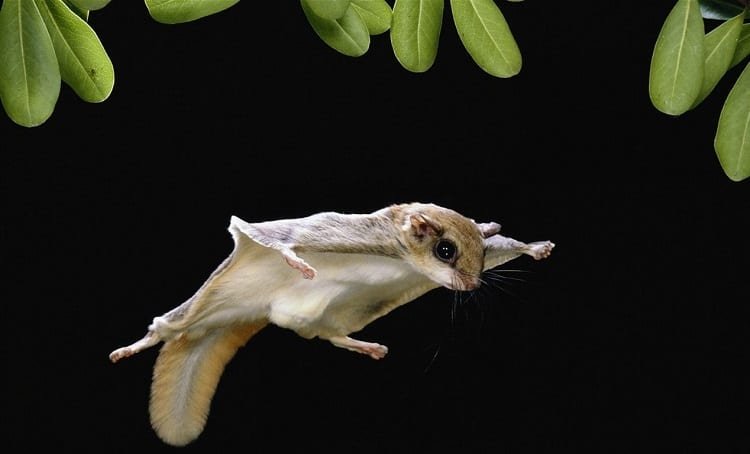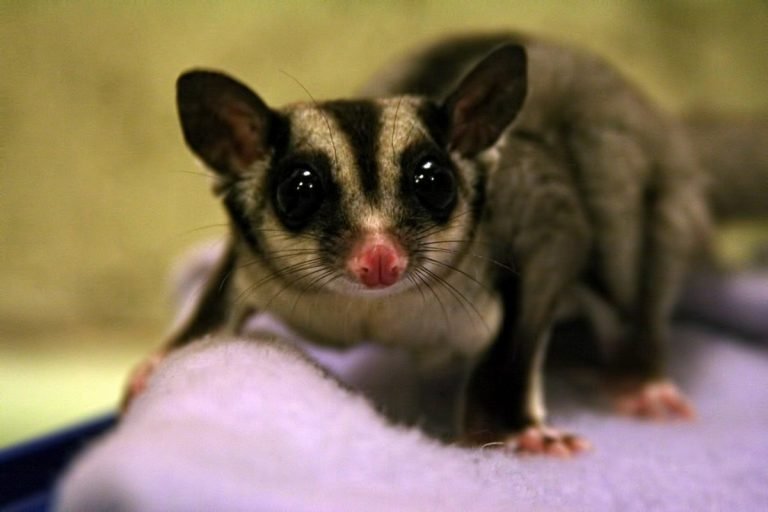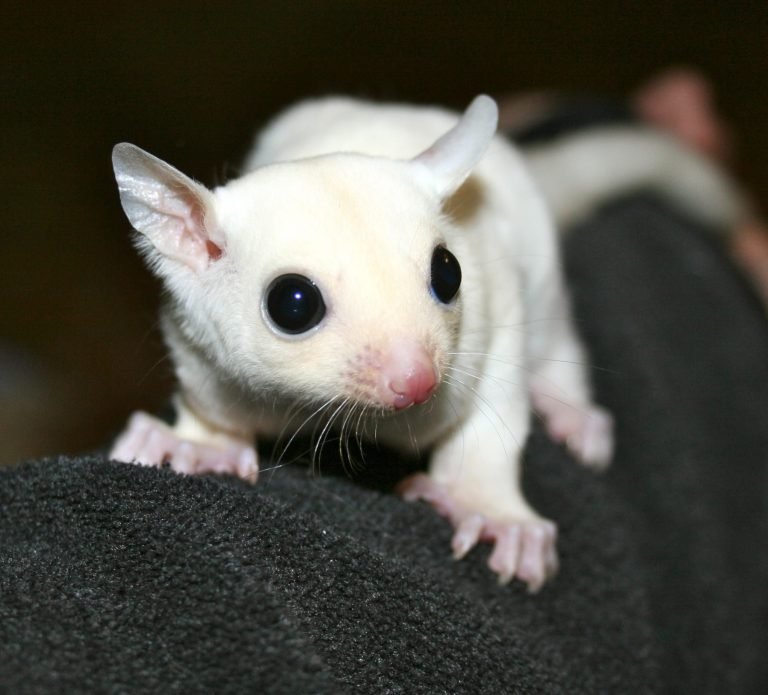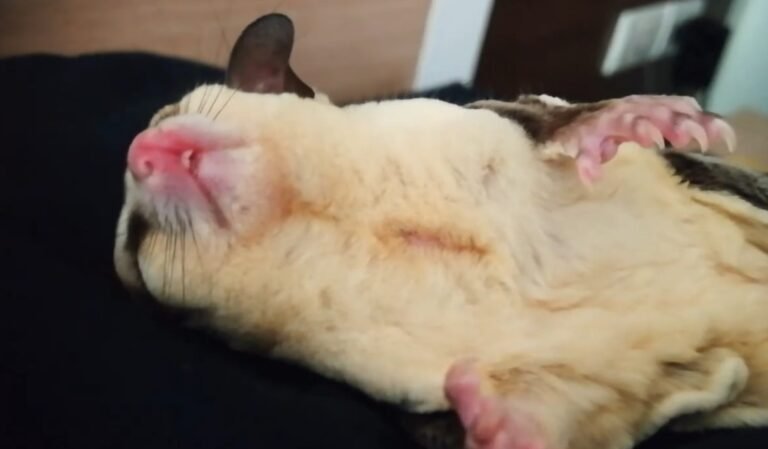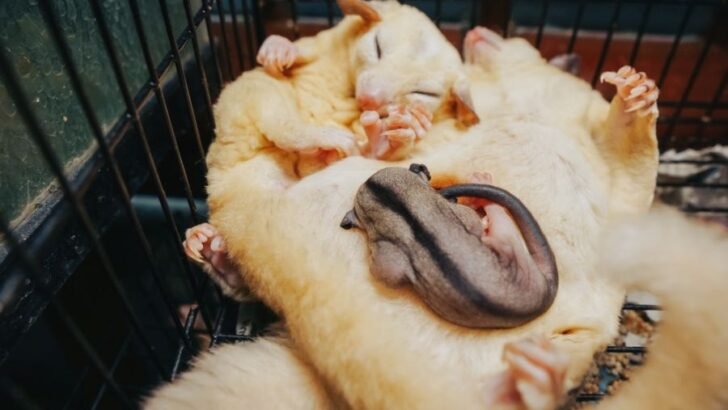How Do Sugar Gliders Fly
How do Sugar Gliders Fly?
Sugar gliders are fascinating creatures known for their ability to glide through the air. But how do they do it? In this article, we will explore the mechanics behind sugar gliders’ flight and uncover the unique adaptations that allow them to soar through the treetops with such grace and agility.
Flying Membranes: A Sugar Glider’s Secret Weapon
One of the key features that enable sugar gliders to fly is the presence of patagium, a thin, gliding membrane that extends from their wrists to their ankles. This membranous structure acts as a wing, allowing the sugar glider to catch the air and generate lift.
With their front and hind limbs spread wide, sugar gliders can stretch their patagium to its full extent, creating a large surface area for gliding. This membrane is supported by a network of cartilage, which helps maintain its shape and rigidity during flight.
Muscular Power: The Driving Force Behind Glide
While sugar gliders cannot technically “fly” like birds or bats, they possess powerful muscles that allow them to generate enough thrust to launch themselves into the air and sustain gliding for impressive distances.
The primary muscles involved in sugar gliders’ flight are those responsible for the extension and retraction of the hind legs. These muscles, particularly the gluteus maximus and hamstring group, provide the necessary force to propel the glider into the air and maintain momentum throughout the glide.

The Takeoff: Launching Into the Air
To initiate flight, sugar gliders use their hind legs to push off from a surface, such as a tree branch or the ground. This powerful leap provides the initial momentum required for gliding.
The sugar glider’s posture during takeoff is crucial for achieving an efficient launch. By extending their hind legs and pushing against the surface, they can maximize the force exerted and propel themselves upwards. Once airborne, they immediately adopt a horizontal position, stretching their patagium to catch the air and begin gliding.
Gliding Techniques: Navigating the Air
Sugar gliders have impressive maneuverability in the air, thanks to their ability to control their body position and adjust the shape of their patagium. By altering the tension in their gliding membrane, they can change the shape of the wing and modulate their flight speed and direction.
To change direction during flight, sugar gliders shift their weight from side to side, effectively banking like an airplane. They can also tuck their limbs closer to their body, reducing drag and increasing their glide ratio. With practice, sugar gliders become skilled at using these techniques to navigate through complex forest canopies and avoid obstacles.
Landing: Touching Down with Precision
As the sugar glider approaches its landing destination, it must gracefully descend and safely touch down. To achieve this, the glider relies on its hind legs and tail to slow down and adjust its trajectory.
With its hind legs extended, the sugar glider uses its tail as a rudder, swiveling it to steer and stabilize its descent. By flexing its foot joints, it can create drag and reduce speed, allowing for a soft landing.
In addition to these landing techniques, sugar gliders also possess sharp claws that enable them to grip onto surfaces, such as tree trunks or branches, aiding in a smooth landing.
Frequently Asked Questions
1. How far can a sugar glider glide?
Sugar gliders are capable of gliding for distances of up to 50 meters in the wild, with some individuals potentially covering even longer distances.
2. Can sugar gliders fly upwards?
Sugar gliders are unable to fly upwards like birds or bats. They rely on their gliding abilities to navigate through their environment.
3. Are sugar gliders nocturnal?
Yes, sugar gliders are primarily nocturnal animals. They are most active during the night and have adaptations, such as large eyes, to aid in low-light conditions.
4. What do sugar gliders eat?
Sugar gliders are omnivorous creatures, feeding on a varied diet that consists of nectar, pollen, fruits, insects, and small vertebrates.
Final Thoughts
Sugar gliders’ ability to glide through the air is a marvel of nature. Their specialized wing membranes, powerful muscles, and exceptional maneuverability allow them to explore their forest habitat with ease. As we continue to study and appreciate these extraordinary creatures, let us remember to protect and preserve their natural environments to ensure their continued survival.
Now that you understand the mechanics behind sugar gliders’ flight, you can marvel at their aerial acrobatics with a newfound appreciation for the wonders of the natural world. Whether in the forests of Australia or in the hearts of enthusiasts around the globe, these charming marsupials continue to captivate our imagination and remind us of the beauty and diversity of life on Earth.

